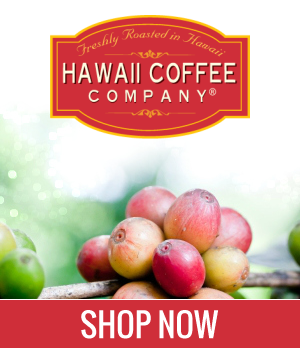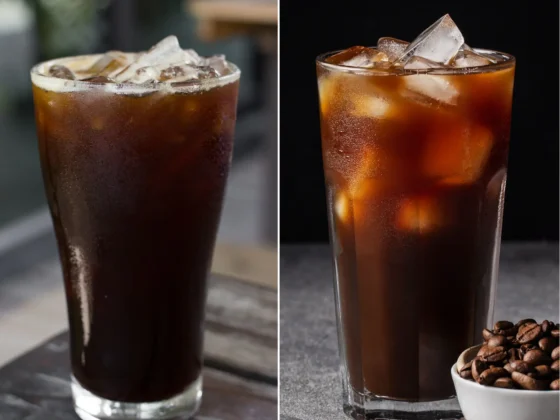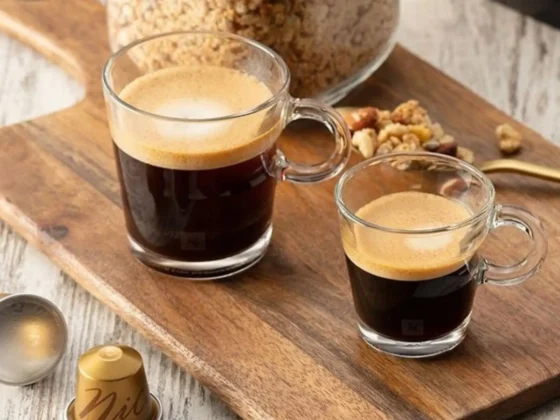In the intricate tapestry of coffee culture, the age-old debate of lungo vs espresso finds its passionate advocates on both sides. While both beverages originate from the same beans, their brewing methods, flavor intensity, and caffeine content set them distinctively apart. Beyond these fundamental differences, factors such as health benefits associated with each brew and the historical context in which they evolved play a vital role in shaping our preferences.
This article dives deep into the nuanced world of these two brews, exploring factors ranging from personal preferences to barista insights, and the potential health benefits coffee enthusiasts can expect. Moreover, we’ll touch upon the cultural significance of each drink and how global trends influence our daily coffee choices. Whether you’re a seasoned coffee aficionado, an aspiring barista, or a curious newcomer, join us on this exploration to unravel whether to extend your brew or keep it short and robust, ensuring that your next coffee break is both delightful and informed.
Don’t want to read? Press play and enjoy the article as an audio version.
- Introduction & Key Takeaway
- https://app.mysoundwise.com/tracks/16977617804084778e.mp3
- Lungo vs Espresso: An Introduction
- https://app.mysoundwise.com/tracks/16977615586203193e.mp3
- Brewing Techniques
- https://app.mysoundwise.com/tracks/16977615903915674e.mp3
- Espresso vs Lungo: Taste Profiles and Food Pairings
- https://app.mysoundwise.com/tracks/16977616185996670e.mp3
- Health Benefits and Caffeine Content
- https://app.mysoundwise.com/tracks/16977616549492795e.mp3
- Personal Preferences and Conclusions
- https://app.mysoundwise.com/tracks/16977616846443674e.mp3
- Conclusion & FAQs
- https://app.mysoundwise.com/tracks/16977617100326548e.mp3
Espresso vs Lungo: Key Takeaway
- Brewing Methods: Both lungo and espresso come from the same beans. Espresso is quickly brewed for a concentrated flavor, while lungo uses more water and a longer brewing process, leading to a softer taste.
- Caffeine Levels: Lungo often has more caffeine (90-130mg) than espresso (70-120mg). However, its greater water volume dilutes the caffeine, making it less intense.
- Flavor Differences: Espresso is rich and intense, sometimes with a bitter note. In contrast, lungo has a milder flavor, revealing fruity undertones, but can become bitter if brewed too long.
- Health Perks: Both drinks offer health benefits, from boosting energy to potentially lowering the risk of diseases like type 2 diabetes and depression.
- Taste & Barista Views: The choice between lungo and espresso hinges on personal taste preferences and desired caffeine strength. Baristas often favor espresso for its depth of flavor.
Lungo vs Espresso: An Introduction
The fascinating world of coffee boasts a range of brews, each with its unique taste, preparation method, and history. Two such intriguing variants are espresso and lungo. As we delve into their origins, brewing techniques, and cultural significance, we’ll uncover the rich tapestry that ties these drinks to global coffee culture. Let’s start our caffeinated exploration.
What is Espresso?

Espresso coffee, renowned for its robust flavor and unique preparation, has become a cornerstone in the coffee realm. Here’s a glance at its rich history:
- Brewing Methodology: Espresso stands out due to its distinct brewing technique. Almost boiling water is pressured through finely ground coffee beans, resulting in a concentrated, intense brew.
- Name’s Etymology: The name ‘espresso’ has intrigued many, with linguistic ties to English, French, and Italian. It might refer to the method, where flavor is “expressed” from coffee beans. Alternatively, its speedy preparation mirrors the pace of an “express train”. Moreover, each serving is tailored, or brewed “expressly”, for the individual.
Did you know that some parts of the world pronounce espresso as ‘expresso’? Learn more with our article Espresso vs. Expresso - Evolution of the Espresso Machine: In 1884, Angelo Moriondo from Turin unveiled the first-ever espresso machine, designed for bulk brewing. (1) Then Luigi Bezzera, in 1901, enhanced this design, incorporating varied filter sizes, christened as “Tipo Gigante”.In 1903, Desiderio Pavoni acquired the patent, establishing the La Pavoni company and commencing industrial production of the machine. Each day, they crafted a single machine within a modest workshop located on Via Parini in Milan.
The journey of espresso, from its inception to its modern-day variations, underlines the timeless appeal of this concentrated brew.
What is Lungo Coffee?

Beyond the potent espresso lies its milder cousin, the coffee lungo. To truly understand lungo, we must delve into its makeup and origins:
- Definition and Differentiation: ‘Lungo’, translating to ‘long shot’, is espresso’s diluted version. While a typical espresso follows a 1:2 coffee-to-water ratio, lungo shifts towards a 1:3 or 1:4 ratio. Thus, even with a consistent caffeine level, the lungo presents a milder taste by volume.
- Origins and Terminology: The term ‘lungo’ has Italian roots, with ‘café allongé’ being its French counterpart. (2) Though these names might be uncommon in American coffee circles, seasoned baristas sometimes serve this extended shot, straying from the standard 1:2 mix.
The allure of lungo lies in its delicate balance – maintaining the essence of espresso while offering a gentler taste profile.
The Cultural Significance of Coffee

Coffee isn’t merely a beverage; it’s a cultural phenomenon. Its significance transcends its taste and aroma, embedding itself into various societies’ fabric:
- Societal Impact: Coffee houses historically served as hubs for intellectual discourse, fostering community ties and enabling social interactions.
- Global Appeal: From the bustling cafés of Paris to the intimate coffee corners in Tokyo, every region has embraced and personalized the coffee experience. This global adoption underscores coffee’s universal allure.
- Evolution with Time: As societies evolved, so did coffee preferences. The 1950s UK youth gravitated towards espresso and cappuccinos, while the U.S. palate developed a fondness for lattes, often infused with flavorful syrups.
Coffee’s rich tapestry, woven with history, culture, and innovation, solidifies its position as a cherished global beverage.
Lungo vs Espresso: Brewing Techniques
Brewing the perfect cup of coffee isn’t just about the beans; it’s also about the method. Whether you’re an aficionado of a strong espresso or someone who prefers the milder taste of a long shot coffee, understanding the techniques is key.
The Espresso Method: A Quick Burst of Flavor
The world of coffee is as diverse as the cultures that enjoy it. Among the most renowned methods is the espresso technique, cherished for its potent burst of flavor in a small serving.
- Intensity & Speed: Espresso is all about delivering a concentrated coffee experience in a short span. It achieves this with a brew duration of just 18-30 seconds.
- Caffeine Punch: With its 60mg caffeine content, it’s a swift kick of energy in a 1 oz/30 ml serving, ideal for those seeking that immediate boost.
- Ideal Equipment: A standard espresso machine is a non-negotiable for crafting the perfect espresso. Traditional methods, like Moka pots, are not suitable due to the lack of necessary pressure.
- Key Ingredients: Finely milled dark roast coffee beans and hot water are the two primary components. Less water (usually 30ml) is used to ensure the intense flavor.
The espresso method is perfect for those who crave a quick yet intense coffee experience. With several espresso drink recipes available, one can never get bored of this timeless classic.
Lungo: A Longer, Milder Journey
For those who find the strong intensity of an espresso overpowering, the Lungo, often referred to as ‘long shot coffee,’ provides a delightful alternative.
- Duration & Flavor: The primary distinction between a ristretto vs long shot is the brewing time. A lungo demands roughly twice the time, resulting in a drink that’s more diluted yet full of nuanced flavors.
- Coffee-to-Water Ratio: Unlike the espresso’s 1:2 coffee-to-water ratio, the lungo adopts a 1:4 proportion. This extended extraction time and increased water ratio bestow upon the lungo its characteristic milder flavor.
- Volume: A typical lungo delivers twice the volume of espresso, providing a more extended coffee experience in a 2 oz/60 ml serving.
In a nutshell, a lungo is your go-to choice if you’re after a coffee drink that’s mild, voluminous, and takes its time to unfold its flavors, making every sip a journey of taste.
Equipment Essentials: What You Need for the Perfect Brew
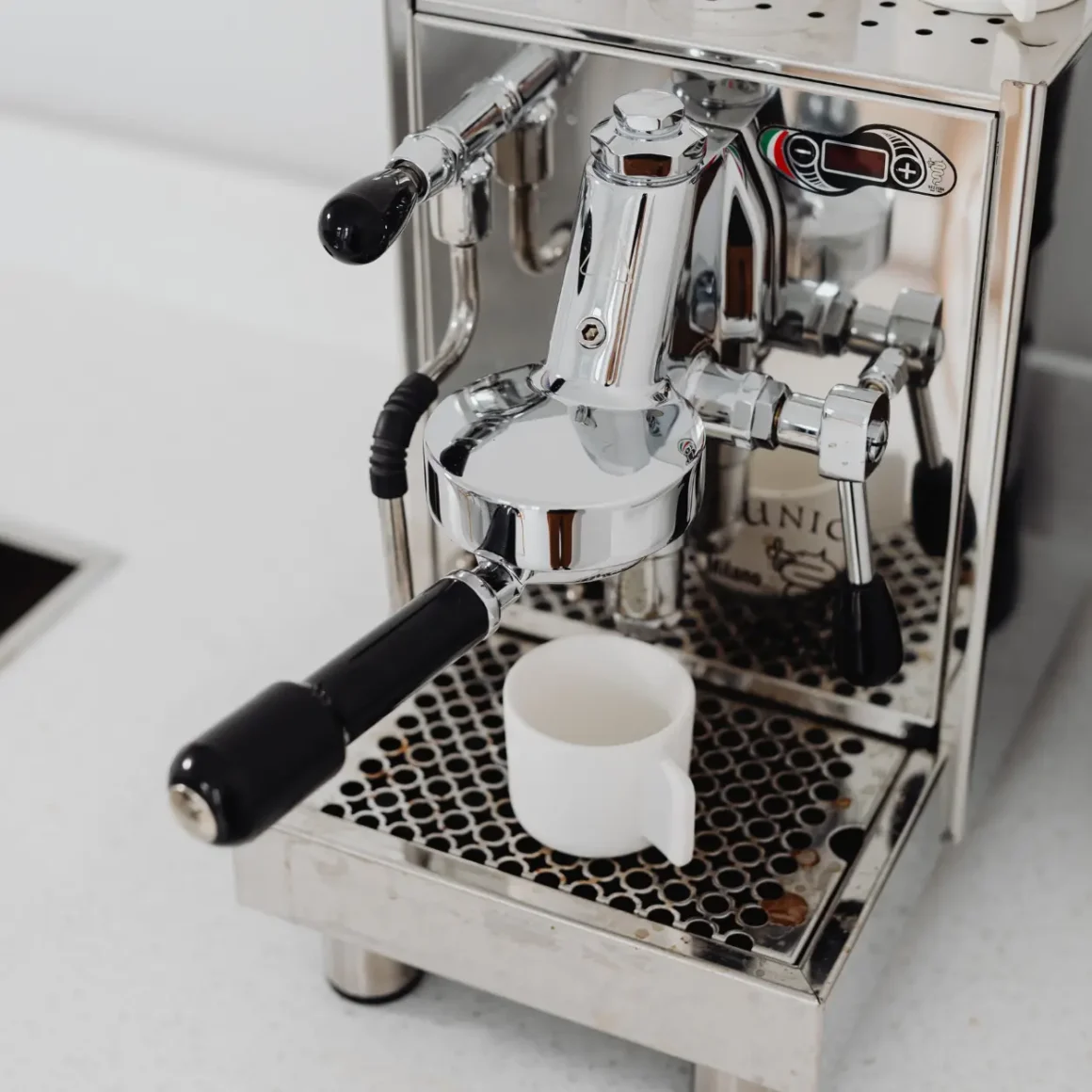
Having the right equipment can make or break your coffee-making experience. Let’s delve into the must-haves for crafting that impeccable brew:
- Espresso Machine: The cornerstone of any great coffee, especially for espresso and lungo. Ensure it provides consistent pressure for best results.
- Coffee Grinder: The granularity of your beans plays a pivotal role. A coffee grinder allows you to achieve the right consistency, be it medium or slightly fine.
- Measuring Devices: Precise measurements are paramount. Use a scale for weighing coffee grounds and a 2 oz measuring glass (or an alternative) to ensure the right volume.
- Optional Add-ons: While not mandatory, having a tamper for leveling and a shot glass for precision can enhance your coffee experience.
To wrap up, whether you’re brewing an espresso or a lungo, having the right equipment is just as crucial as the beans and the method. So, invest wisely and enjoy every cup to the fullest!
Taste Profiles and Food Pairings
Understanding the subtle and nuanced flavors of coffee beverages is essential for a truly immersive experience. As we delve deeper into the taste profiles of different espresso drinks, we’ll also explore food pairings that beautifully complement these coffee variants, enhancing every sip.
Tasting Notes: Espresso’s Intense Flavor
Diving into the world of espresso drinks, one quickly realizes the rich depth and complexity of flavors. The espresso, with its compact brewing method, offers:
- Density: Espresso is known for its thick, rich texture that engulfs the palate.
- Richness: Its robust nature is a result of concentrated brewing, setting it apart from other beverages.
- Slight Bitterness: A hallmark of espresso, this bitter undertone adds depth and character to the drink.
- Reminiscence of Dark Chocolate: Owing to the minimal water used in its brewing, an espresso’s taste can often be likened to the bittersweetness of dark chocolate.
In essence, espresso provides a bold and intense flavor that’s a treat for those who relish a strong coffee experience.
Lungo: A Milder Option for the Sensitive Palate
As an alternative to the potent espresso, the Lungo offers a gentler taste profile. Its distinctiveness is rooted in its brewing technique, which differentiates it from other espresso drinks:
- Mild Initial Taste: Starting off softer, Lungo provides a gentle introduction to the coffee experience.
- Enhanced Bitterness with Duration: The extended brewing time introduces a pronounced bitterness, adding depth to the taste.
- Fruity Undertones: Unique to Lungo, the prolonged brewing time exposes some delicate fruity notes, making it a layered beverage.
- Richness without Overpowering: Despite its milder nature, Lungo retains a rich flavor, but its sparser crema ensures that it’s not too overwhelming.
In sum, Lungo serves as a delightful option for those seeking complexity without the intense punch of traditional espressos.
Perfect Pairings: Complementing Your Brew with Bites
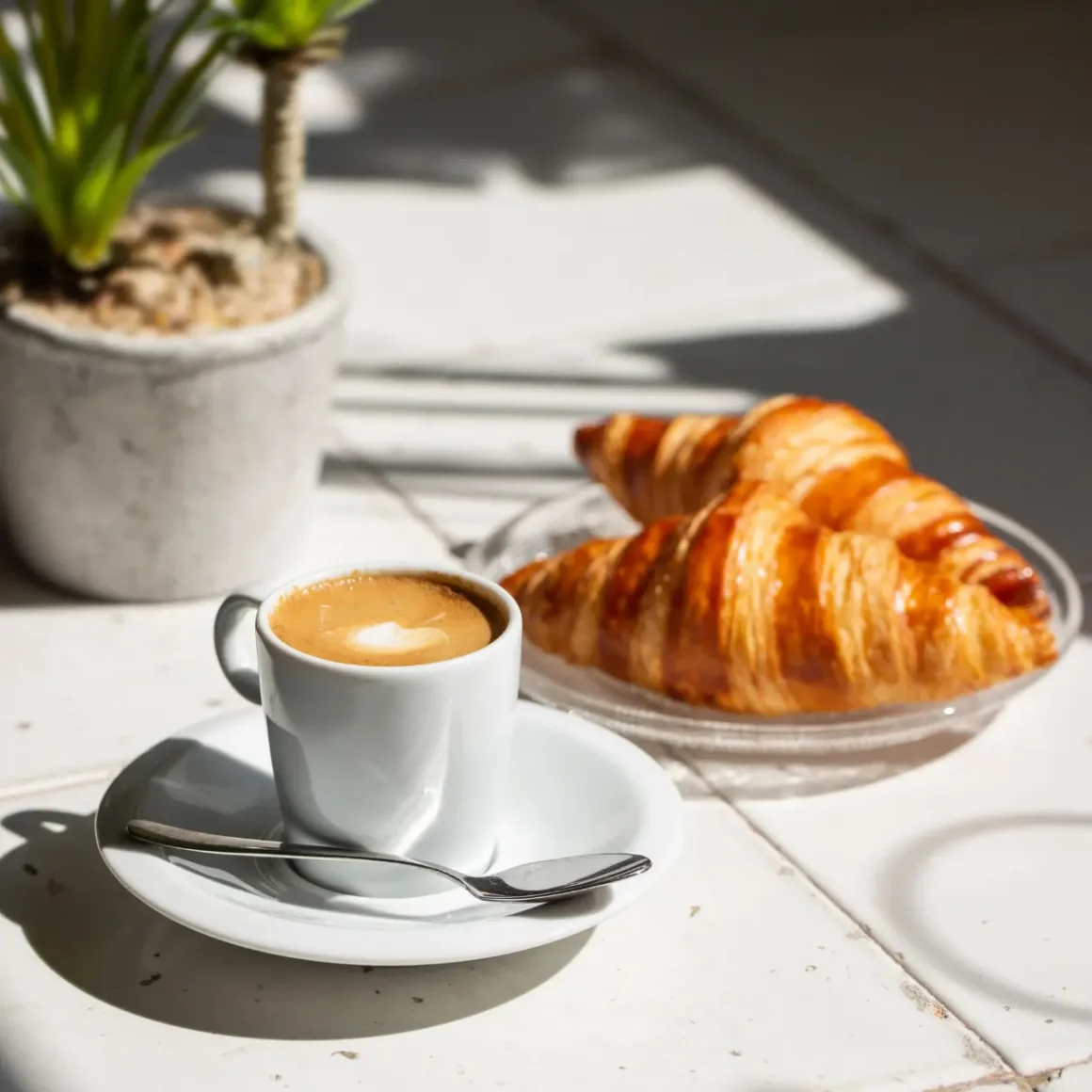
To elevate the coffee experience, pairing your brew with the right bites is key. Here are some suggestions based on the profiles of our discussed beverages:
- Bakery Items: Treat yourself to croissants, pastries, or scones, whose sweet textures meld beautifully with both espresso and Lungo.
- Dark Chocolate: Particularly with Lungo, the bitterness of dark chocolate mirrors and complements the coffee’s taste, creating a palate synergy.
- Nuts: Almonds or hazelnuts can introduce a crunchy contrast, drawing out the subtle flavors of the brew.
- Light Pastries: Think of shortbread or fruit tarts that bring sweetness without overpowering the coffee’s nuanced flavors.
- Cheese Choices: Creamy cheeses such as brie or gouda present a texture and flavor contrast, creating a delightful dance of flavors with your coffee.
To sum up, understanding the unique profiles of different espresso drinks and their ideal pairings can transform a simple coffee break into a gourmet experience.
Health Benefits and Caffeine Content
Coffee, a staple in many cultures, boasts a spectrum of flavors, methods of preparation, and caffeine concentrations. Exploring the intricate world of coffee reveals not only choices that cater to personal taste preferences but also varying health benefits and caffeine content. From the caffeine tug-of-war in espresso vs lungo to the antioxidant richness, coffee indeed offers more than just a morning ritual. Here’s what you should know.
The Caffeine Kick: Espresso vs Lungo
In the realm of coffee, choosing between an espresso and a lungo is akin to selecting between two titans. Both variants, stemming from similar origins, offer different caffeine experiences based on their preparation methods.
- Espresso: This intense shot of coffee, often consumed quickly or as the base of many coffee drinks, typically contains 70-120mg of caffeine per cup. Its shorter extraction time leads to a bolder flavor.
- Lungo: Translating to ‘long’ in Italian, lungo involves a lengthier extraction process, resulting in about 40-130mg of caffeine per cup. This longer brewing process involves double the amount of water, making it a more diluted version compared to espresso.
In the debate of how to drink espresso, there isn’t a one-size-fits-all answer. For those craving an instant caffeine surge, the lungo seems promising. However, for a richer flavor with a slightly reduced caffeine hit, the espresso stands out.
Antioxidants Abound: Health Benefits of Coffee
Beyond the caffeine allure, coffee brims with health benefits, primarily due to its rich antioxidant content. These antioxidants, along with other compounds, make coffee a beverage of choice for many health enthusiasts.
- Enhances Vitality: The caffeine present in coffee actively boosts the central nervous system. This dynamism not only wards off fatigue but also elevates energy levels.
- Reduces Risk of Type 2 Diabetes: Habitual coffee consumption may reduce the chances of developing type 2 diabetes. Coffee’s antioxidant properties potentially influence insulin sensitivity, inflammation, and overall metabolism.
- Promotes Cognitive Health: Several studies suggest coffee’s role in safeguarding against neurodegenerative diseases such as Alzheimer’s and Parkinson’s. Furthermore, moderate consumption could lessen the risks of cognitive decline and dementia.
- Aids in Weight Management: Coffee might play a role in regulating body fat and promoting digestive health. For some, increased coffee intake correlates with reduced body fat, potentially due to enhanced metabolic rates or other factors.
- Fights Depression: Regular coffee drinkers might have a reduced risk of depression. The uplifting properties of caffeine, coupled with other elements in coffee, can potentially counter depressive states. (3)
To sum it up, whether for its invigorating kick or its array of health advantages, coffee remains a cherished beverage, blending taste with wellness in every cup.
Moderation is Key: Finding Your Coffee Balance
Like many things in life, moderation is vital when it comes to coffee consumption. While it offers a plethora of health benefits, it’s essential to consume it in amounts that feel right for your body.
- Individual Sensitivity: Everyone metabolizes caffeine differently. Pay attention to how your body reacts to different coffee types and adjust your intake accordingly.
- Health Considerations: Although coffee boasts numerous health benefits, overconsumption may lead to issues such as insomnia or digestive discomfort.
- Quality Over Quantity: Always opt for quality beans and preparation methods. This not only ensures a better taste but also optimizes the health benefits you derive from each cup.
- Listen to Your Body: If you feel jittery or restless after your coffee, consider reducing your intake or switching to a variant with less caffeine.
So if you’re a fan of espresso or lungo, understanding their caffeine content and the broader health benefits of coffee can help you make informed choices. While coffee’s health advantages are substantial, finding your balance ensures you enjoy every sip without compromising your well-being.
Personal Preferences and Conclusions
In the vast world of coffee, personal preference reigns supreme. With myriad brewing methods and bean varieties, the quest for the best coffee experience is often rooted in individual tastes, lifestyle, and even cultural influences. Let’s explore how to navigate the choices available and weigh the strengths and weaknesses of popular coffee styles like the lungo and espresso.
Choosing Your Brew: Factors to Consider
Selecting the perfect coffee isn’t just about the caffeine content or the flavor—it’s a blend of several elements that cater to your unique palate and lifestyle. When determining the best coffee for your daily ritual, consider the following:
- Flavor Intensity: Some prefer a robust, full-bodied flavor, while others lean towards a milder, more diluted taste. Recognizing your taste preference can narrow down your options.
- Caffeine Sensitivity: If you’re sensitive to caffeine, you might want to opt for a lighter brew or limit the quantity. Conversely, those seeking a caffeine kick might prefer a concentrated shot.
- Preparation Time: Are you always on the go? An espresso might be your best bet. If you relish a longer brewing process and savoring your drink, lungo could be more fitting.
- Cultural Influences: Coffee consumption varies across cultures. Embrace your roots or experiment with international brewing styles to find your match.
Ultimately, the choice is personal and should resonate with your coffee journey, ensuring every sip is both a pleasure and a reflection of you.
The Barista’s Verdict: Pros and Cons on Lungo and Espresso
When viewed through the discerning eyes of a barista, both lungo and espresso bring their unique strengths and weaknesses to the coffee table. Let’s delve into the advantages and disadvantages of each to paint a comprehensive picture:
Pros of Lungo:
- Milder Flavor: Lungo caters to the palates that prefer a coffee experience on the gentler side, embracing a smoother and less intense flavor profile.
- Longer Sipping Time: With its larger volume, lungo extends the pleasure of sipping, allowing coffee enthusiasts to relish their brew over an extended period.
- Versatility: Lungo doesn’t limit itself to a single role; it can stand alone as a satisfying coffee or serve as the canvas upon which other coffee concoctions are created.
Cons of Lungo:
- Less Concentrated: For those in pursuit of an intense caffeine kick, lungo might fall short as it lacks the potent concentration found in espresso.
- Extended Brewing Time: Patience is a virtue when preparing lungo, as it demands a more leisurely brewing process compared to the swift execution of an espresso.
Pros of Espresso:
- Rich Flavor: Espresso reigns supreme in the realm of coffee intensity, boasting a bold and concentrated flavor that appeals to aficionados with a penchant for robust coffee.
- Quick Preparation: It’s the go-to choice for the time-pressed, offering a rapid caffeine fix for those constantly on the move.
- Higher Caffeine Content: Espresso packs a powerful punch in a petite package, delivering a potent caffeine jolt despite its diminutive size.
Cons of Espresso:
- Short-lived: Espresso’s diminutive size equates to a brief coffee experience, which might leave one yearning for more.
- Can be Overwhelming: The unapologetic strength of espresso may overwhelm the uninitiated, making it an acquired taste for some.
Conclusion
In the captivating realm of coffee, the lungo vs espresso debate offers more than just a matter of taste—it’s a reflection of personal preferences, brewing intricacies, and the varied experiences that each cup brings to the table. Throughout this exploration, we’ve delved deep into their distinct brewing processes, caffeine contents, and even the perspectives of seasoned baristas. Each has its unique charm: the lungo, with its extended extraction, offers a milder yet more caffeinated drink, while the espresso boasts a rich, concentrated flavor in a shorter span. Ultimately, the choice between lungo and espresso boils down to individual predilections. Whether you prioritize caffeine strength, flavor intensity, or brewing artistry, there’s no wrong choice. Embrace your own coffee journey, and may every sip be a testament to the diverse and delightful world of lungo and espresso.
FAQ
What is the ideal temperature for brewing Lungo and Espresso?
The optimal brewing temperature for both lungo and espresso is between 195°F to 205°F.
Are there special types of beans recommended for Lungo or Espresso?
While any high-quality bean can be used, darker roasts are typically favored for espresso, and medium roasts for lungo.
How do traditional Italian coffee cultures differ in their appreciation of Lungo and Espresso?
Traditional Italian coffee culture cherishes espresso for its concentrated flavor, while lungo is less common and appreciated for its elongated, milder taste.
What are the environmental impacts of brewing Lungo and Espresso?
Both methods have similar impacts, but lungo uses more water, which might slightly increase its environmental footprint when brewed extensively.

